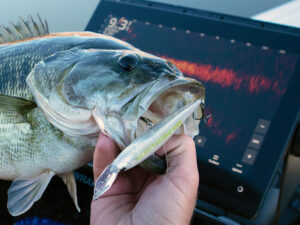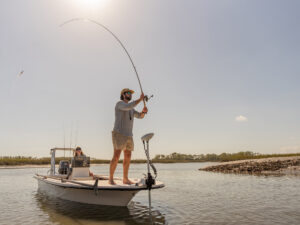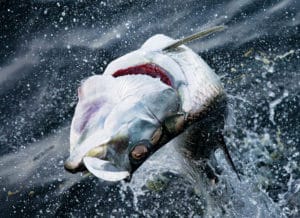
High-stakes South Florida tournaments draw some of the best sailfish anglers in the world each winter. Ultra-competitive fishermen work together strategically as teams, hooking, fighting and releasing as many sailfish as possible via methods such as kite-fishing, live-baiting and slow-trolling. Tournament rules also maximize sport by limiting line-class weight, mandating circle-hook use, and minimizing release times at the boat.
The fertile, sometimes hostile testing grounds provide vital feedback to companies that make fishing reels. Manufacturers have implemented specific features in modern sailfish conventional reels — features not present in ordinary lever drags — based on lessons learned on the tourney trail. Here are the latest specifications for today’s light-line, light-drag reels that make them slayers when fishing for sailfish.

Max Capacity
For kite-fishing, or even to allow one sailfish to run from the boat while another is hooked up, robust line capacity is essential. At least 450 to 500 yards of 20-pound mono is necessary for line-pulling sails, though some fishing reels offer 800- or 900-plus yards.
“You’re also going to be handling the setups a lot,” says Mike Rice, brand director for Penn, “moving them around, fighting fish in the cockpit. You want something that doesn’t weigh you down and holds a ton of line.”
One common South Florida sail tactic is kite-fishing, which utilizes considerable line just to reach the kite clip. Then, from the kite clip, the live baitfish must hang down to reach the water’s surface. The monofilament main line makes up two parts of a right triangle, leaving just the adjacent (water) side. The hypotenuse is the main mono line that goes from the kite clip to rod tip.

When double or even triple hookups occur after a pack of sailfish maraud the spread, mates focus on catching one sailfish, meanwhile allowing the other hooked sails to run away from the boat on light drag to keep them from tangling other lines. Both situations require major line capacity.
“The Accurate BXL-600 is suited for trolling, live-baiting or kite-fishing,” says Ben Secrest, vice president of marketing at Accurate. “A 6.1 gear ratio, coupled with 550 yards of 20-pound mono built into a lightweight aluminum frame, makes it a reel to fish all day.”
Because sailfishermen rely regularly on mono main line, some savvy manufacturers have tweaked lever-drag spools to account for monofilament’s thick diameter and stretchiness.
“The potential problem comes with the stretch factor of monofilament,” says John Bretza, director of product development at Okuma Fishing. “A sailfish rips out several hundred yards of line, [and] then, under heavy pressure from the fish, your line gets packed back on the spool much tighter. When designing the spools for our Andros SSE models, this consideration was a key factor in optimizing the reel specifically for the 20-pound monofilament line class not to crack the sidewalls of the spool from the extreme pressures.”

A Smooth Drag
Sailfish drags require precise settings that easily let line out or pick line up, especially when adjusting line lengths while kite-fishing. When dropping back baits or casting to tailing fish, free-spool becomes a major consideration. Just as importantly, the reel’s drag curve should be smooth and consistent, with only minor start-up drag pressure.
“The Fin-Nor Marquesa (MA30TP) sailfish model’s drag system is designed to operate in the sweet spot for sailfish,” says Chris Littau, manager of product and technology strategy at Zebco. “When you set the strike roughly between 4 and 10 pounds, it has a perfectly linear curve. Back off to half of the strike, and you will have exactly half the strike setting.
“If you used a reel designed for heavy drag (like a standard Marquesa) and set the strike below 8 pounds, when you backed off the lever, it would go to free-spool before getting to the free-spool position.”
Besides free-spool concerns, the drag settings must be sensitive but also surprisingly light. Shimano’s Talica 20 BFC maxes out at 15 pounds but has a sweet spot near 4 to 5 pounds. Most sailfish-specific conventionals don’t have more than 20 pounds of drag, except for some sailfish/white marlin crossovers like the Penn Fathom Lever Drag 40N High Speed or Accurate BXL-600. The idea behind the increased drag on these types of fishing reels is to give the angler a chance if a bigger marlin or tuna grabs an offering while white marlin fishing.
Sailfish reels simply require lower drag ratings, says Secrest. Anglers are looking for smooth, steady drags without initial start-up inertia that can cost anglers fish during the hook-set.
“The Andros SSE is optimized to fish 3 to 5 pounds of drag pressure at strike with a very gradual increase from free-spool to the strike position,” says Bretza. “This is important because tournament sailfish anglers use circle hooks. With a strong, aggressive drag cam that ramps up quickly (as for tuna), circle hooks can easily pull loose.”
To achieve a lower drag output with a gradual ramp-up, a custom drag cam is required. The Shimano Talica 20 BFC actually comes with two interchangeable cams, one traditional and one specialized for sailfishing, says Capt. Seth Funt, a Shimano pro staffer.
Okuma calls its specialized cam the Tournament drag cam. It adjusts how aggressively the drag engages when moving from free-spool to strike to full position.
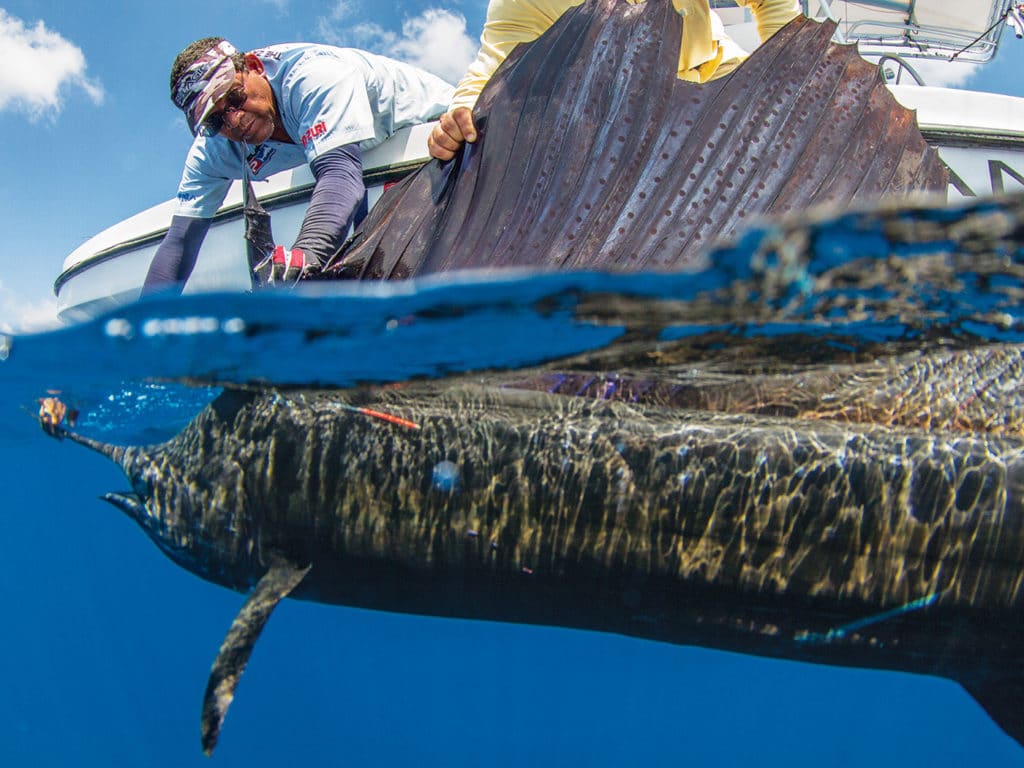
Best Pickup Line
A sailfish’s advantage is speed, and if your tackle is not suited to the species, the advantage turns to the billfish. Reels like Shimano’s Talica 20 BFC are built for the sailfish tournament circuit, with specs such as a 6.7-to-1 gear ratio, 60 inches of line retrieved per crank, and only 3 pounds of minimum drag at strike.
“With fast line pickup, anglers can react quickly to a sailfish changing directions or charging the boat,” Rice points out. “For gear ratio, faster is better. Anglers don’t grind sails to the boat, so they don’t need the lower-speed, higher-torque ratios.”
The larger the spool diameter, the more line a fishing reel crank picks up with every turn of the handle. “Most anglers get so caught up in gear ratio that they only look into the speed of the reel,” says Bretza. “In a sailfish reel, both gear ratio and spool diameter need to be considered.”
When a bait gets knocked out of the kite clip, the angler’s goal is to remove the slack line and come tight to the fish quickly. Think of it as the last side of the triangle, the leg adjacent to the hypotenuse mentioned earlier. A quick line retrieve allows your circle hook to catch in the corner of the fish’s mouth.
“Now think about a situation of multiple hookups during a tournament,” says Bretza, “and line retrieve quickly becomes a vital factor in landing all those fish.”
Most of us aren’t regular tournament sailfish anglers, but we’ll gladly benefit from those high-stakes environments for which today’s specially designed sailfish lever drags were born.

Alutecnos’ Albacore 20 Veloce Fishing Reel
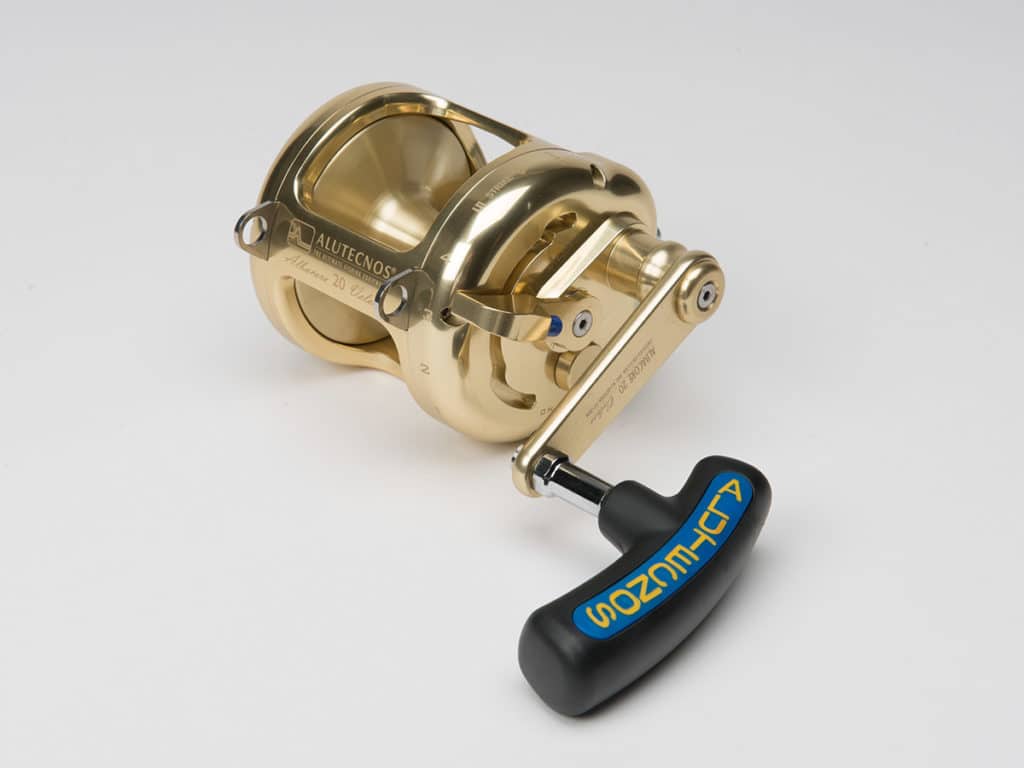
Inches per turn: 48
Ball bearings: 5
Mono-line capacity: 925 yards
Max drag: 18 pounds
Weight: 29.2 ounces
Price: $599
Accurate’s Boss Xtra Light BXL-600 Fishing Reel

Inches per turn: 33
Ball bearings: 6
Mono-line capacity: 550 yards
Max drag: 20 pounds
Weight: 26 ounces
Price: $489
Daiwa’s Saltist Hyper Speed STTLD50HSH Fishing Reel
Inches per turn: 52.6
Ball bearings: 8
Mono-line capacity: 450 yards
Max drag: 26.4 pounds
Weight: 21.7 ounces
Price: $300
(Photo not available.)
Fin-Nor’s Marquesa MA30TP Fishing Reel
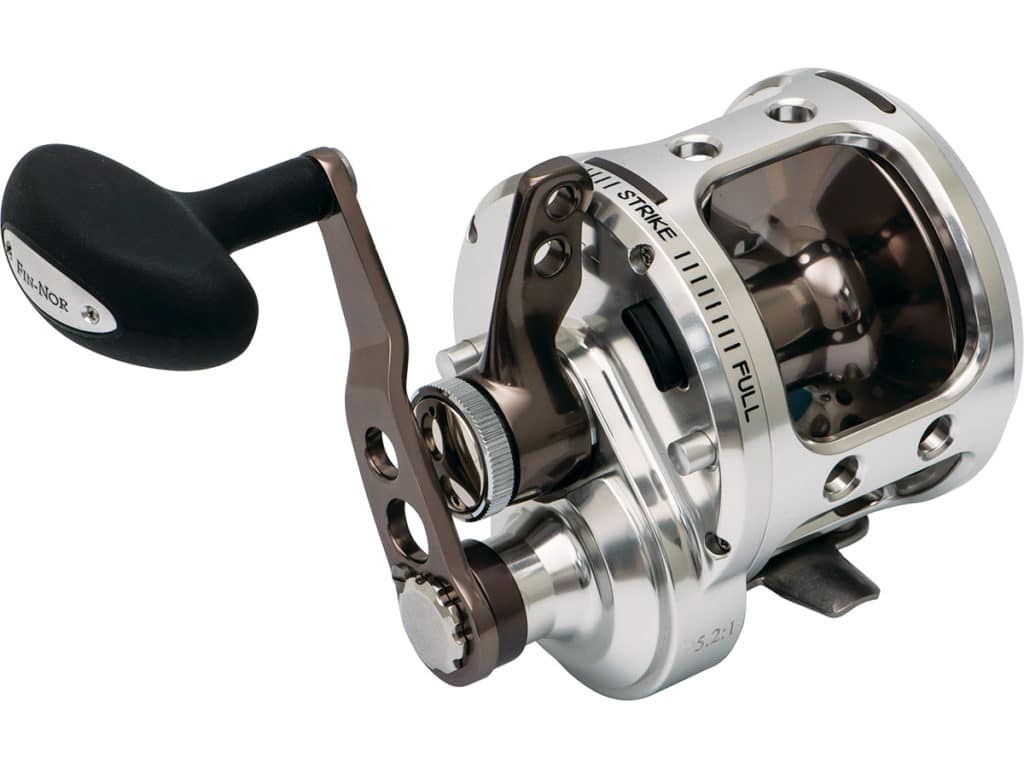
Inches per turn: 53.1
Ball bearings: 6
Mono-line capacity: 450 yards
Max drag: 22 pounds
Weight: 27.4 ounces
Price: $360
Okuma’s Andros Special Edition A-16SSE Fishing Reel

Inches per turn: 58.5
Ball bearings: 6
Mono-line capacity: 870 yards
Max drag: 10 pounds
Weight: 30.6 ounces
Price: $350
Penn’s Fathom Lever Drag 40N High Speed FTH40NLDHS Fishing Reel

Inches per turn: 60
Ball bearings: 5
Mono-line capacity: 500 yards
Max drag: 40 pounds
Weight: 24.7 ounces
Price: $250
Shimano’s Talica 20 BFC TAC20BFC Fishing Reel
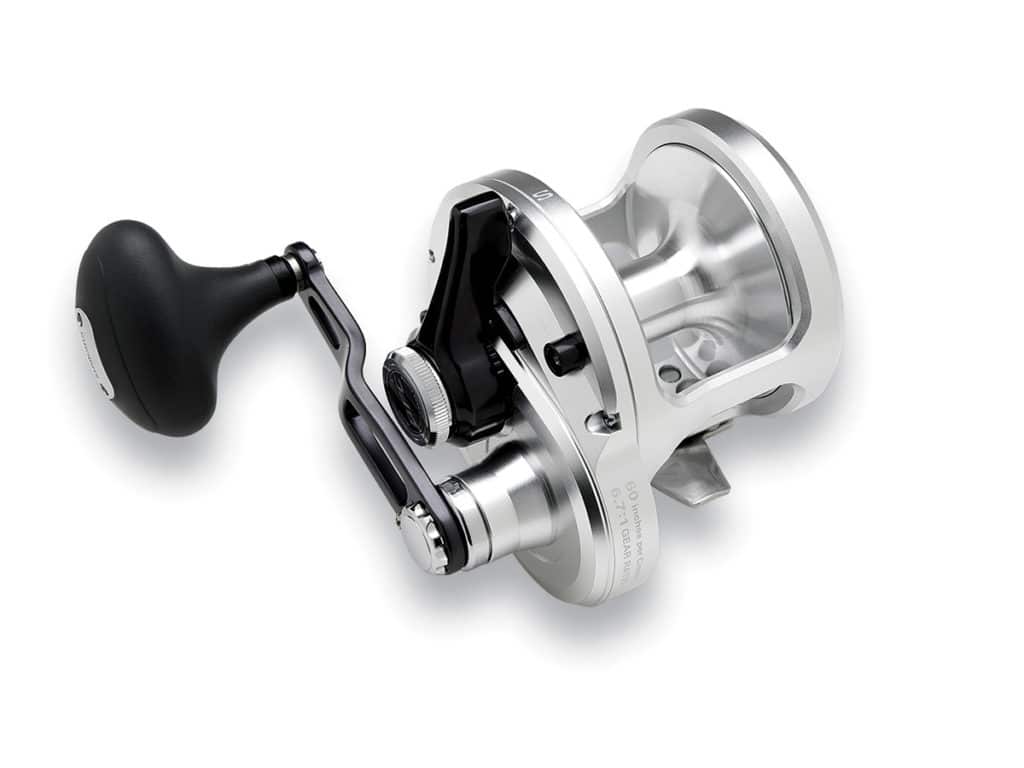
Inches per turn: 60
Ball bearings: 6
Mono-line capacity: 640 yards
Max drag: 15 pounds
Weight: 28.1 ounces
Price: $820

